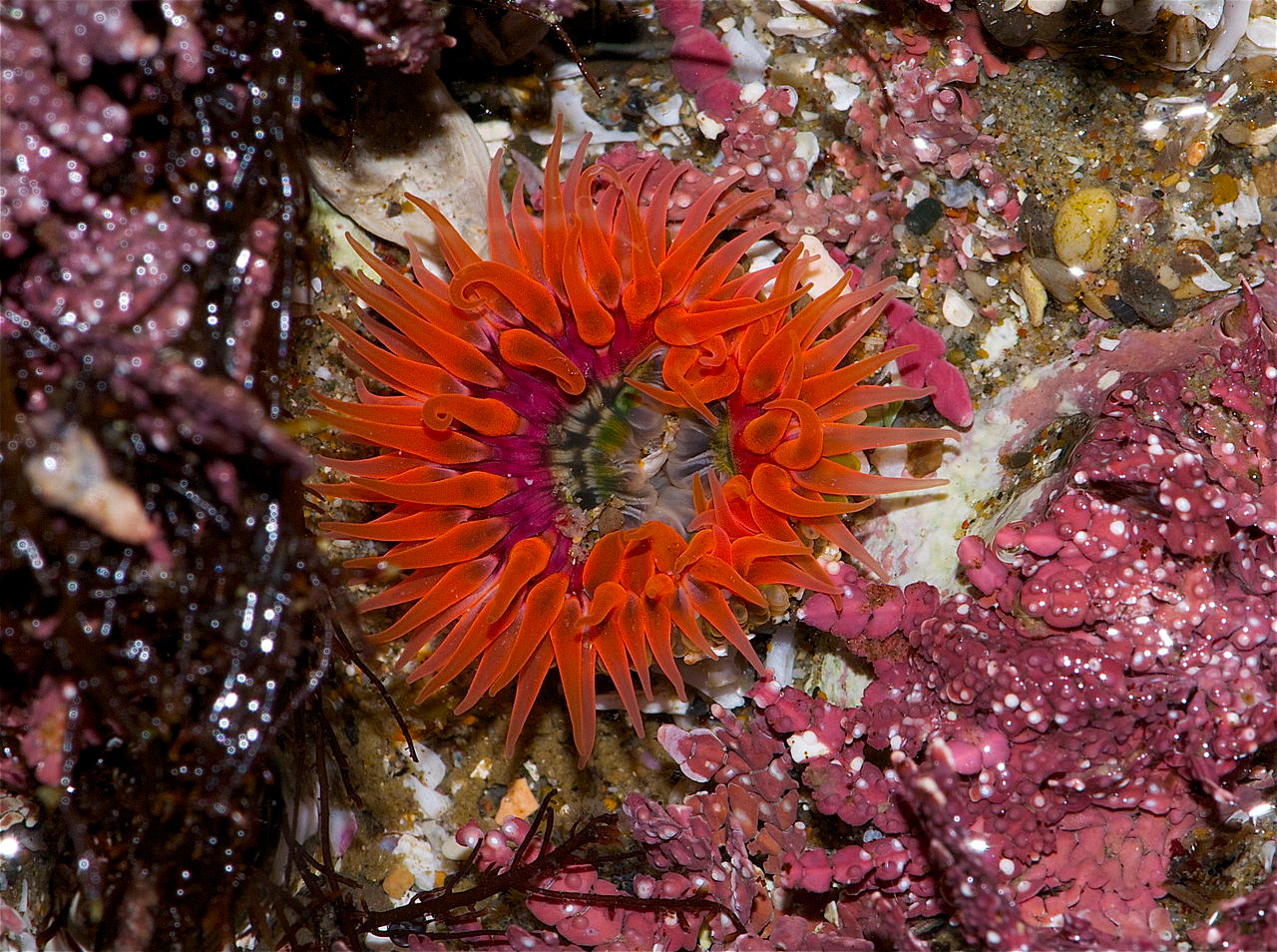Imagine a landmark so prominent that anyone looking south from San Francisco or north from San Jose could spot it. Spanish missionary Padre Pedro Font wrote in his diary in March 1776: “I beheld in the distance a tree of … Read more

Sign up for our free weekly newsletter and understand everything better!


Imagine a landmark so prominent that anyone looking south from San Francisco or north from San Jose could spot it. Spanish missionary Padre Pedro Font wrote in his diary in March 1776: “I beheld in the distance a tree of … Read more
-150x147.jpg)
On May 1, the California Academy of Sciences will open its new (temporary) doors at 875 Howard Street in downtown San Francisco. As it rebuilds its Golden Gate Park location, more than 85 percent of the animals from the permanent … Read more

The Mount Diablo Audubon Society’s 51st annual Christmas Bird Count, which took place on December 14, 2003, benefited from sunnier weather and better visibility than the previous year. About 60 volunteer bird counters spotted more than 51,000 birds representing 148 … Read more

Birds will again be studied—and celebrated—at the International Migratory Bird Day festival at the Don Edwards San Francisco Bay National Wildlife Refuge on Saturday, May 8, in Alviso (10 a.m. to 4 p.m.). The free event will include naturalist-led bird … Read more

As you celebrate Mother’s Day this spring, think beyond the family unit. In fact, why not commemorate Mother’s Day for All Species this year at Elkhorn Slough, one of the most important estuarine systems in Northern California (see Bay Nature, … Read more
-150x150.jpg)
When Spanish explorers first saw the San Francisco Bay in 1769, they found a land cloaked largely in perennial grasses. But the extirpation of the native elk herds that grazed the land, the introduction of cattle, and the incursion of European annual grasses abruptly and dramatically transformed the landscape into the familiar green hillside carpets that turn into brown thickets in summer. Today’s grasslands, altered as they are, still produce some beautiful wildflowers, lots of wildlife, and if we look closely, remnants of the native bunchgrasses of yore, which can be enhanced with careful management. The parks of the East Bay hills are a good place to start looking for that mix of the grasslands of yesterday and today.
-150x150.jpg)
It turns out that some of the Bay Area’s showiest wildflowers are also parasites that draw water and nutrients from their neighbors.
-150x150.jpg)
Tucked into less than a square mile of land next to a freeway, the Peninsula’s Edgewood Park is a showcase for stunning wildflower diversity, all the result of our region’s unique geology.
-150x150.jpg)
All around the Bay Area in spring, herons and egrets begin their annual transformation from mostly solitary top predators to birds gathered in crowded breeding colonies. Local photographer Philip Greene has spent years following the whole subtle and spectacular process by which these large birds break down their resistance to social communion: the changing color of bills and legs, the growth of flowing nuptial plumage, and the complex gestures and dances that make up the fine art of getting to know one another.

David Amme, author of “Grassland Heritage” in Bay Nature’s April-June 2004 issue, called purple needlegrass “the undisputed candidate for official state grass.” Now that may soon become literally as well as figuratively true: State Sen. Michael Machado, D-Linden, is sponsoring … Read more